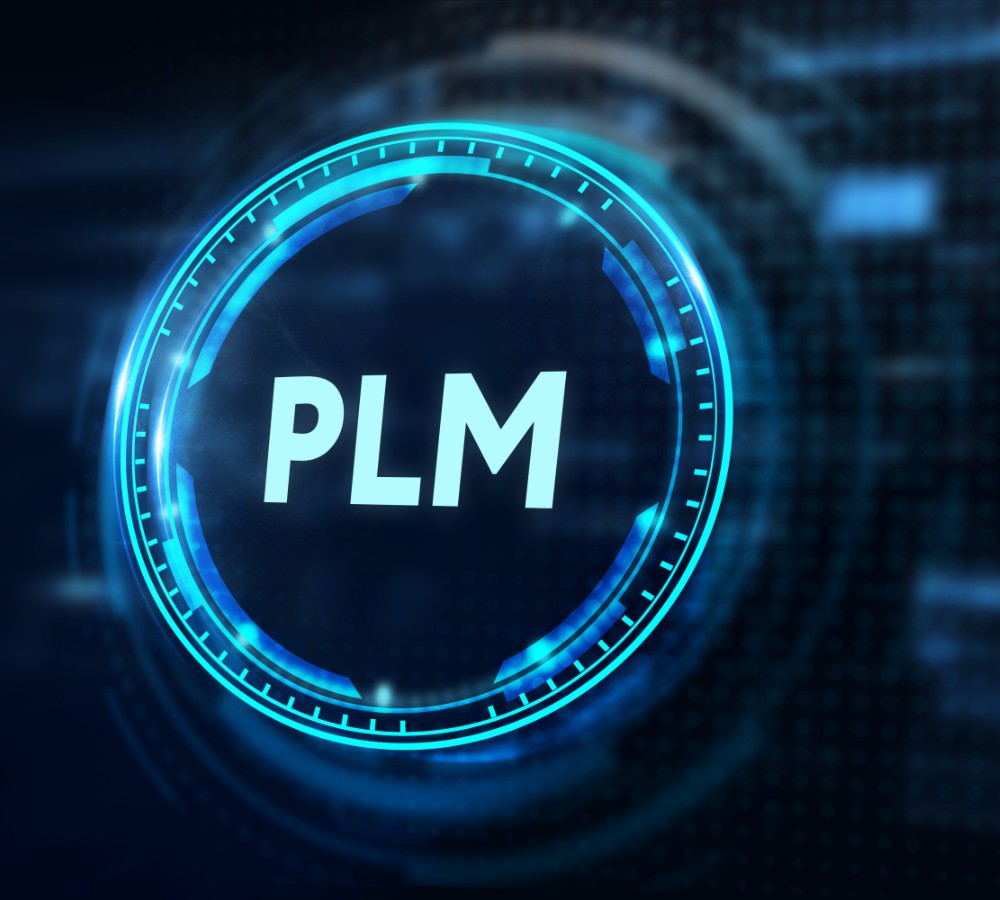Understand the lifecycle
There are six key stages to the development of any new IoT product. First, you need to define the requirements of said product – and in the world of IoT, this revolves around data. IoT products are focused on collecting data that previously went uncaptured, unprocessed or unharnessed – and making good use of that information. As such, data collection should absolutely underpin your product requirements.
Second, you need to design the product itself – and again, there are some IoT-specific nuances here. Any IoT product is not just a piece of hardware – it also part of an ecosystem which involves a network connectivity layer for transmitting data, and an application layer or processing that data. Your design phase needs to use these different elements alongside the requirements already defined to realise the ultimate product.
Third, you go through a development phase, refining and adjusting that design before moving into the fourth phase – testing. Testing should incorporate four stages: feature testing; unit testing; integration testing and regression testing.
Fifth, the product goes into final manufacture and shipment. Finally, the sixth stage is ongoing support and development. Once your product is live in the field you need to think carefully about how you will support your customers, and even gather data from the performance of those live products to optimise future developments.
Understanding the skill sets required
As you might guess from these diverse stages, a diverse array of skills is essential to guide any IoT product from conception to completion. You are likely to need a range of both hardware and software engineers, as well as specialists in the different kinds of testing you need to carry out. Then there is cybersecurity to think about. IoT products are rightly coming under significant scrutiny in terms of their security and compliance postures, because they open up such a large number of potential endpoints for cybercriminals to target. You need to ‘bake’ security and compliance into your IoT product by design, and this requires specialist skills and experience. All this is before we even get onto skill set in areas such as marketing and customer support, or external partners who may take on roles such as manufacturing.
Understand the restrictions of hardware
If your organisation’s background is in software development, then it is important to be aware from the outset that your engagements with hardware development are likely to be more difficult and more expensive. Hardware development is far less agile than software development, with mistakes or faults more difficult to rectify further down the development lifecycle. This is why it is so important to be clear sighted about the six stages set out earlier, and potentially to explore more cost-effective ways of trying out prototypes, such as using 3D printing technology.
Understand user interaction
Many IoT products do not feature a traditional user interface, screen or input method. So how will your customers interact with your product? Do they need to be able to interact directly with the device, or should they do this remotely via an app? If so, what should that app look like? What should its functionality be? As with any product, a smooth and intuitive customer experience is essential if your product is to stand out from the competition, and IoT products introduce some interesting challenges here.
IoT product development can be the path to extraordinary business success – but it is not a simple road.

